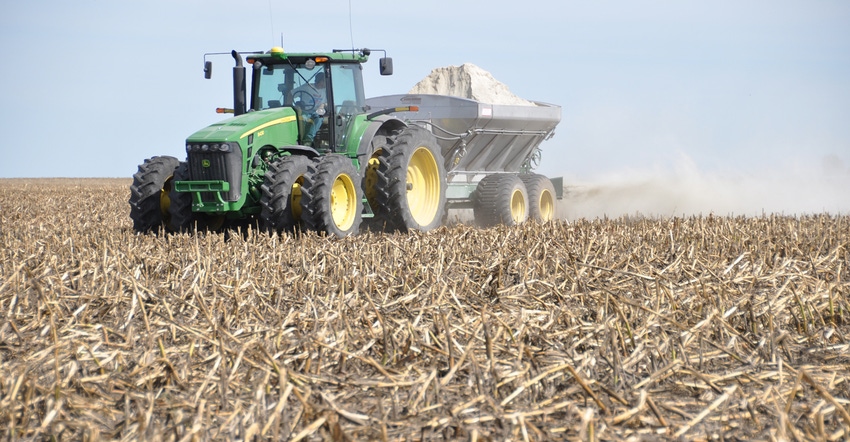
Let’s recap 2021: Early planting conditions were dry and ideal from late March into early April. Then major rain events created cold, wet soils and set the stage for disease. Summer left room for both drought and oversaturation. Harvest standability problems meant farmers pushed to get corn out first and were still combining beans in November.
Lance Tarochione, Dekalb Asgrow technical agronomist near London Mills, Ill., says there is only one way to summarize the 2021 growing season: unique.
So how might that unique 2021 crop year affect your decisions for 2022?
“I think there’s the potential for people to overreact to the extremes of 2021 and think they need to tinker with more stuff than they truly do,” Tarochione says. However, factors that aren’t usually a big deal — such as fertilizer prices, chemical and equipment availability, and labor — should be on farmers’ radars as they make plans for 2022.
Here’s what Tarochione recommends focusing on in 2022:
1. Crop choice. First and foremost, decide how your acreage will be split up between corn and soybeans. Farmers may plant more soybeans in 2022 based on higher fertilizer costs and the fact that soybeans require less fertilizer. However, Tarochione says it may be tougher to control weeds in soybeans due to product availability. Everyone’s situation is different; determine what’s best for your operation, and go from there.
2. Seed selection. If you decide to plant corn on corn or first-year corn, choose a hybrid that will perform best for the scenario. Or maybe the unique growing season of down corn, extreme disease challenges or below-average yields is making you reconsider your seed selection. Tarochione says your best bet it to reach out to a trusted crop adviser to evaluate the cause of poor results before making any seed changes.
3. Fertilizer program. Fall fertilizer work could pay off in the end with fertilizer prices being higher and having the potential to rise in the spring. If you typically don’t use fall anhydrous and only use liquid nitrogen in the spring, don’t expect companies to offer a guaranteed price on the liquid product right now. Tarochione says if prices continue to climb as predicted, you could make a last-minute shift in crop selection next year, but potentially face seed and chemical availability challenges.
4. Weed and disease control. Weed control challenges may revolve more around higher prices and lack of availability of chemicals. Regardless of which system you choose, use a strong residual foundation to make yourself less reliant on postemergence products that could be in short supply or have application restrictions. Fungicide paid off in 2021, which could be credited to two fungicide applications, during V5 to V7 stages and at tassel. Another reason for response is four diseases working together during the growing season — tar spot, southern rust, crown rot and anthracnose. Tarochione recommends farmers use fungicide aggressively in 2022, applying at least once or twice, and maybe even three times, during the growing season.
5. Planting and harvest timing. Farmers faced equipment availability, weatherand labor challenges, all of which hindered the harvest season. Sometimes, all of a farmer’s acres were ready at the same time, but there wasn’t enough time, labor or equipment to get everything harvested before a weather event hit. For 2022, consider planting varieties with a wider range of maturities to potentially spread out harvest. Tarochione says that could help you avoid downed corn or harvesting soybeans in November.
About the Author(s)
You May Also Like






